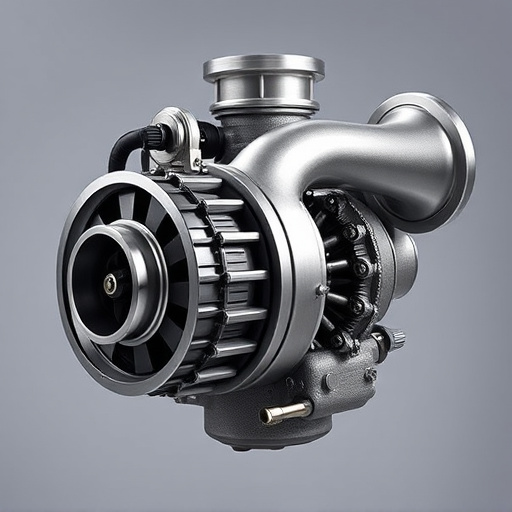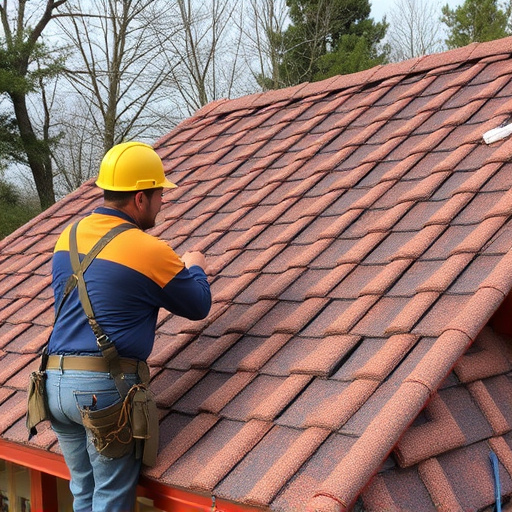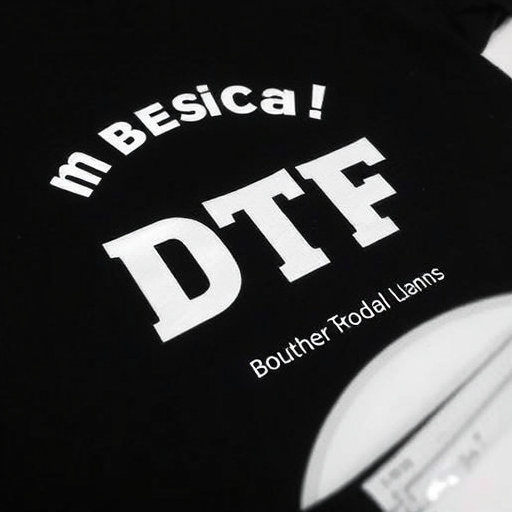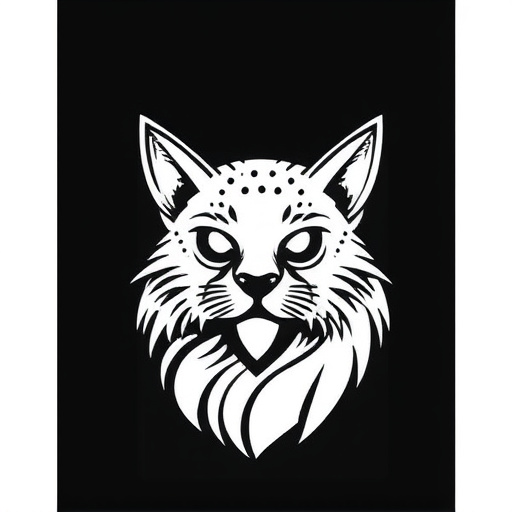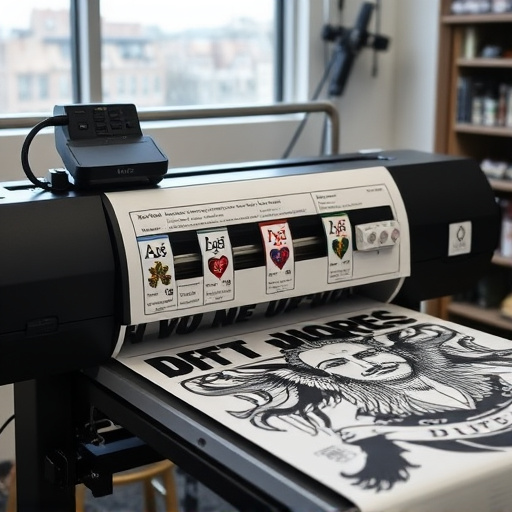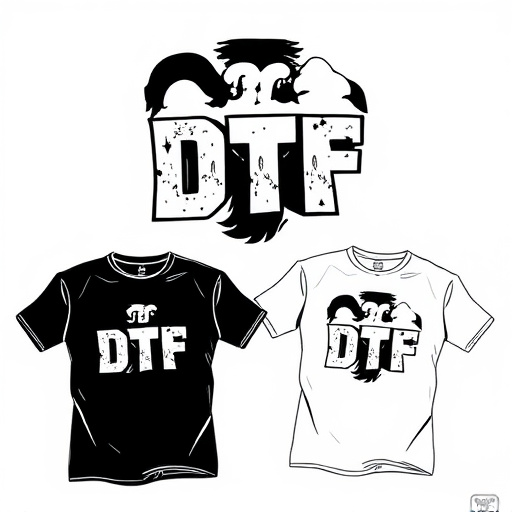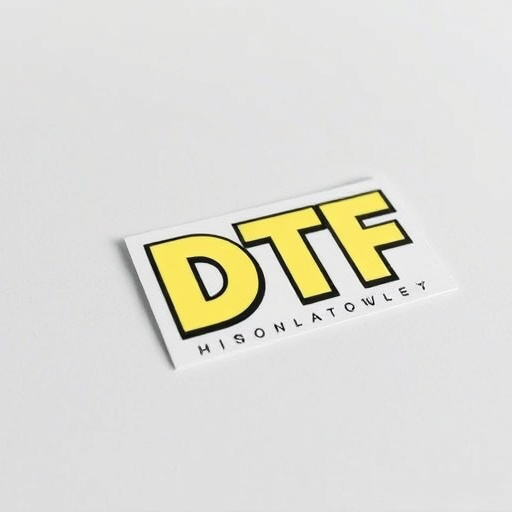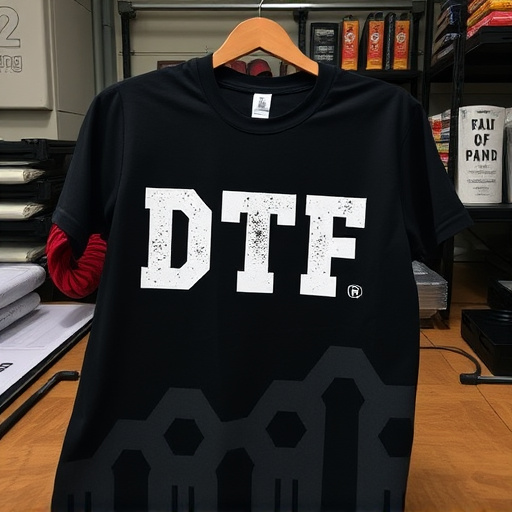DTF Print Sheets leverage direct-to-film technology for advanced printing across diverse materials. Designing efficient templates requires precise positioning, detailed attention to marks and cut lines, and consideration of material properties. Customizing gang sheets boosts productivity and reduces waste. Following best practices ensures layout efficiency, high-quality prints, and professional finishes, particularly for intricate custom orders. Using PDF file formats and optimizing resolution streamlines online ordering and upload times, guaranteeing accurate design translation onto fabric.
Designing efficient templates for DTF (Direct-To-Film) print sheets is crucial for optimizing production and output quality. This article guides you through the process of creating layouts that meet specific DTF printing requirements. We’ll explore key considerations, best practices, and essential layout techniques to ensure your designs are not only visually appealing but also practical and time-saving. By understanding the nuances of DTF print sheets, you can significantly enhance your printing efficiency.
- Understanding DTF Print Sheets and Their Layout Requirements
- Key Considerations for Creating Efficient Template Designs
- Best Practices for Optimizing DTF Print Sheets Layouts
Understanding DTF Print Sheets and Their Layout Requirements

DTF Print Sheets, or Direct to Film Transfers, are a cutting-edge printing technology that allows for precise and durable design application onto various materials, from textiles to plastics. Understanding their unique layout requirements is key to designing efficient templates. These sheets demand precision in positioning, as even slight misalignments can lead to imperfections in the final product. Therefore, designers must pay meticulous attention to details such as register marks, cut lines, and safety margins to ensure accurate cutting and printing.
The layout of DTF Print Sheets should also consider the material’s properties and intended use. Factors like substrate thickness and texture influence how ink adheres and cures, impacting both print quality and durability. Customizing gang sheets—arranging multiple designs in a single sheet for efficient printing—is another strategic approach that can enhance productivity while minimizing waste. By optimizing these aspects, designers can create templates that not only meet but exceed the standards of DTF printing.
Key Considerations for Creating Efficient Template Designs

When designing templates for DTF print sheets, several key considerations come into play to ensure efficiency and high-quality outcomes. Firstly, understanding the specific requirements of DTF artwork transfers is paramount. This includes factors like color accuracy, resolution, and file formats compatible with DTF printing technology. Ensuring your design software supports these specifications guarantees that your final dtf transfers ready to press meet industry standards.
Moreover, layout optimization is crucial for efficient sheet usage and reducing waste. Designers should aim for a balanced distribution of designs across the print sheets while considering the shirt sizes and shapes they intend to print. A well-thought-out template not only saves on materials but also streamlines the printing process, making it easier to produce dtf printed shirts with precision and speed.
Best Practices for Optimizing DTF Print Sheets Layouts

When designing templates for DTF (Direct to Fabric) print sheets, adhering to best practices ensures optimal layout efficiency and high-quality prints. One crucial aspect is maintaining a balanced arrangement of design elements; distributing graphics, text, and images evenly across the sheet prevents overcrowding and allows for seamless printing without gaps or overlaps. This balance is key to achieving a professional finish, especially with intricate DTF custom orders.
Additionally, optimizing the file format and resolution is vital. Using industry-standard formats like PDF ensures compatibility across different printing systems. High-resolution DTF artwork transfers require careful attention to file size; compressing images without significant loss can reduce file sizes, streamlining the DTF online ordering process and ensuring faster upload times. This meticulous approach guarantees that your designs translate accurately onto the fabric, enhancing overall print quality.
Designing efficient DTF Print Sheets layouts requires a deep understanding of their unique requirements and careful consideration of various factors. By adhering to best practices, such as optimizing text placement, utilizing whitespace effectively, and ensuring color consistency, you can create templates that streamline the printing process. Regularly reviewing and updating your designs based on user feedback and print testing will help you maintain high-quality DTF Print Sheets, enhancing overall efficiency and user satisfaction.
